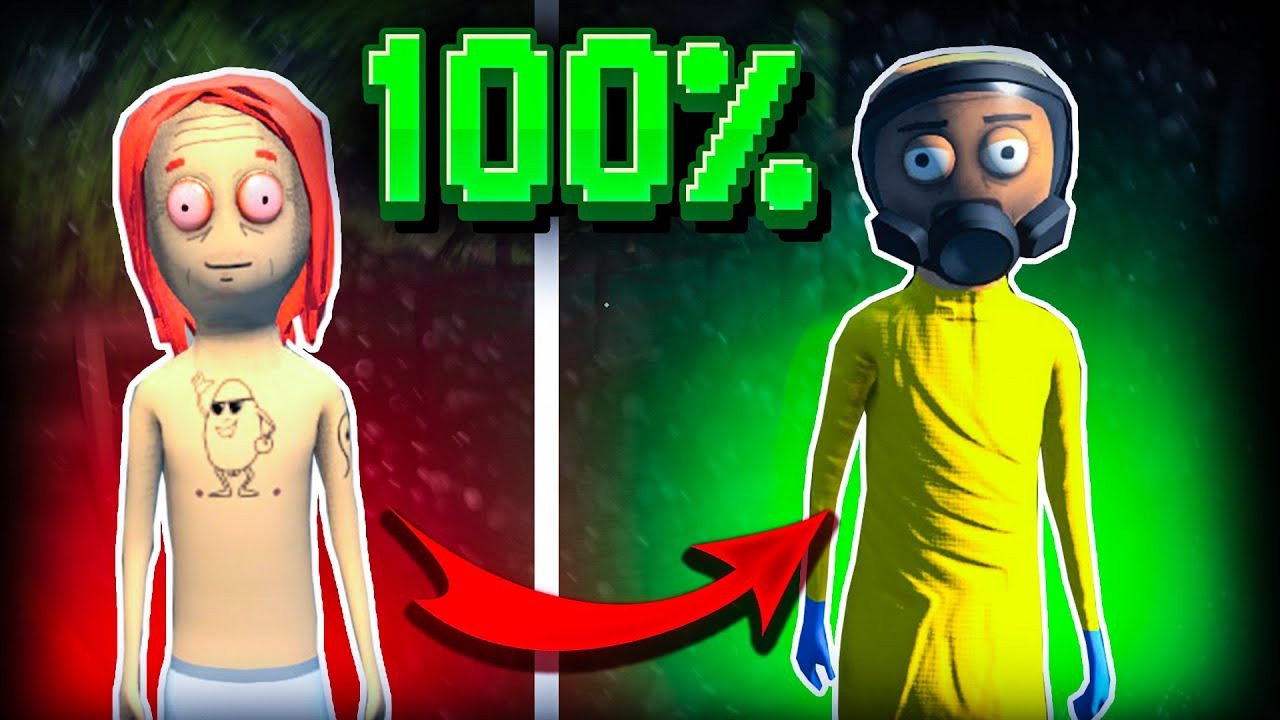
Schedule I
All trademarks belong to their respective owners. Get GameSchedule I is a dark, intense survival shooter where you battle mutated enemies, explore forbidden zones, and uncover secrets in a lawless world. Fight. Loot. Survive.
Schedule I: Understanding the Most Restricted Substances
Schedule I is the most restrictive category of controlled substances under the Controlled Substances Act (CSA) in the United States. This classification is reserved for drugs and chemicals that meet very specific criteria, primarily focusing on their high potential for abuse and lack of accepted medical use. Understanding what defines a Schedule I substance is crucial for comprehending drug policy, research limitations, and legal ramifications.

Defining Schedule I Substances
According to the CSA, a substance is classified as Schedule I if it meets three key criteria:
- High Potential for Abuse: This is the primary determinant. The substance has a high likelihood of being misused, leading to psychological or physical dependence, or having a significant impact on behavior that deviates from accepted medical or social norms.
- No Currently Accepted Medical Use in Treatment in the United States: This is a critical distinction. Even if a substance shows promising preliminary research, if it hasn’t been approved for medical use by the Food and Drug Administration (FDA), it falls into this category. This doesn’t necessarily mean the substance has no medical utility, but rather that its use isn’t recognized or approved within the current medical framework in the U.S.
- Lack of Accepted Safety for Use Under Medical Supervision: This criterion reinforces the previous point, indicating that even if there’s potential medical use, the substance’s risks outweigh its benefits to the extent that it cannot be safely administered, even by a medical professional.

Common Examples of Schedule I Substances
Some of the most well-known substances categorized as Schedule I include:
- Heroin: A highly addictive opioid.
- Lysergic Acid Diethylamide (LSD): A potent psychedelic drug.
- Marijuana (Cannabis): Despite its increasing legal status in many states for medical and recreational use, it remains a Schedule I substance at the federal level in the U.S. This is a significant point of contention and the subject of ongoing policy debate.
- Methylenedioxymethamphetamine (MDMA / Ecstasy): While research is ongoing into its potential therapeutic uses, particularly for PTSD, it is still federally classified as Schedule I.
- Peyote: A psychoactive cactus.
- Mescaline: A psychedelic alkaloid found in peyote and other cacti.
- Psilocybin and Psilocyn: The psychoactive compounds found in “magic mushrooms.”
- Gamma-hydroxybutyric acid (GHB): While sometimes prescribed for narcolepsy (as Xyrem, a Schedule III substance), illicitly manufactured GHB remains Schedule I.
Implications of Schedule I Classification
The Schedule I classification has significant implications across various sectors:
- Research Limitations: Researching Schedule I substances is extremely difficult due to stringent federal regulations. Researchers need special licenses, face extensive paperwork, and often encounter significant barriers to obtaining the substances themselves. This severely limits scientific understanding of their potential risks and benefits.
- Legal Penalties: Possession, manufacturing, and distribution of Schedule I substances carry the harshest federal penalties, including lengthy prison sentences and substantial fines.
- Medical Debate: The classification of certain substances, particularly marijuana and MDMA, as Schedule I has led to considerable debate. Advocates argue that these substances have accepted medical uses and should be reclassified to allow for more widespread research and patient access.
- International Treaties: The U.S. Schedule I classification is also influenced by international drug control treaties, which list many of these substances under similar strict categories.
The Debate Over Reclassification
The ongoing debate surrounding the reclassification of substances like cannabis highlights the tension between federal law, state-level initiatives, and evolving scientific understanding. Proponents of reclassification argue that:
- Scientific Evidence: There’s growing scientific evidence supporting the medical efficacy of cannabis for conditions like chronic pain, epilepsy, and nausea. Similarly, clinical trials are showing promise for MDMA-assisted therapy for PTSD.
- Economic Impact: Legalizing and regulating substances can generate significant tax revenue and create new industries.
- Social Justice: Current drug laws disproportionately affect certain communities, and reclassification is seen by many as a step towards addressing these disparities.

Despite these arguments, the federal government has historically been slow to reclassify substances, citing concerns about public health and safety. Any reclassification would involve a formal administrative process, often initiated by a petition to the Drug Enforcement Administration (DEA), followed by a scientific and medical evaluation by the Department of Health and Human Services (HHS) and the FDA.
In summary, Schedule I represents the pinnacle of restriction under U.S. drug law, designed for substances deemed to have high abuse potential and no accepted medical utility. While this classification serves to control highly dangerous drugs, it also creates significant hurdles for research and sparks ongoing debate about the appropriate role of science and policy in drug scheduling.
